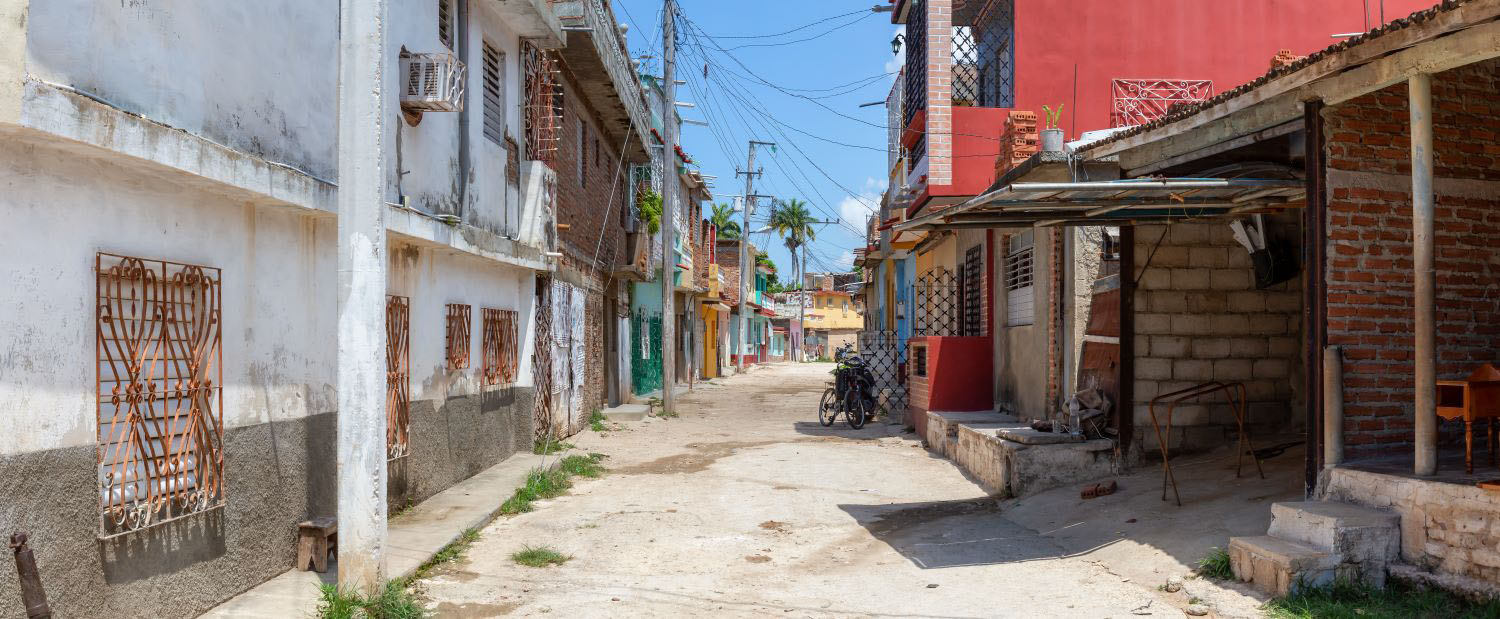In a new CGD report, U.S. and Pakistani development experts urge a substantial revamp of the U.S. approach to Pakistan, saying that U.S. efforts to build prosperity in the nuclear-armed nation with a fledgling democratic government, burgeoning youth population, and shadowy intelligence services are not yet on course.
Much of the report focuses on how to improve the U.S. aid program in Pakistan, but a revamped U.S. strategy would start with a greater reliance on trade—offering duty-free, quota-free access for all Pakistan exports to the U.S. market for at least five years—and increased incentives for investment, such as new forms of risk insurance and credit programs for Pakistan’s small and medium enterprises.
More resources
- About the Study Group
- Blog: Helping Pakistan Matters, But the United States is Doing It Wrong
- Blog: Friend or Foe: Should the United States Cut Aid to Pakistan?
- More CGD publications on U.S. development strategy in Pakistan
- Press release
“The United States is way off course in Pakistan,” says CGD president Nancy Birdsall, who convened the study group and is the lead author of the report. “It’s heavily focused on security while neglecting low-cost, low-risk investments in jobs, growth, and the long haul of democracy building.”
The report says that the administration’s integrated “Af-Pak” approach—lumping Pakistan together with Afghanistan in policy deliberations and bureaucratic lines of authority—has “muddled” the Pakistan development mission. Similarly, “the integration of development, diplomacy and defense has . . . left the program without a clear, focused mandate.”
The report offers five procedural recommendations to get the U.S. development program on track:
- Clarify the mission: separate the Pakistan development program from the Afghanistan program and from the Pakistan security program.
- Name a leader: put one person in charge of the development program in Washington and in Islamabad.
- Say what you are doing: set up a website with regularly updated data on U.S. aid commitments and disbursements in Pakistan by project, place, and recipient.
- Staff the USAID mission for success: allow for greater staff continuity, carve out a greater role for program staff in policy dialogue, and hire senior-level Pakistani leadership.
- Measure what matters: track not just the outputs of U.S. aid projects, but Pakistan’s overall development progress.
Among the report’s five substantive recommendations are three on better ways to deploy aid resources—including paying for verified outcomes and cofinancing with other donors for established education programs that are already working—and two on the largely untapped potential of trade policy and private investment.
Rights & Permissions
You may use and disseminate CGD’s publications under these conditions.





